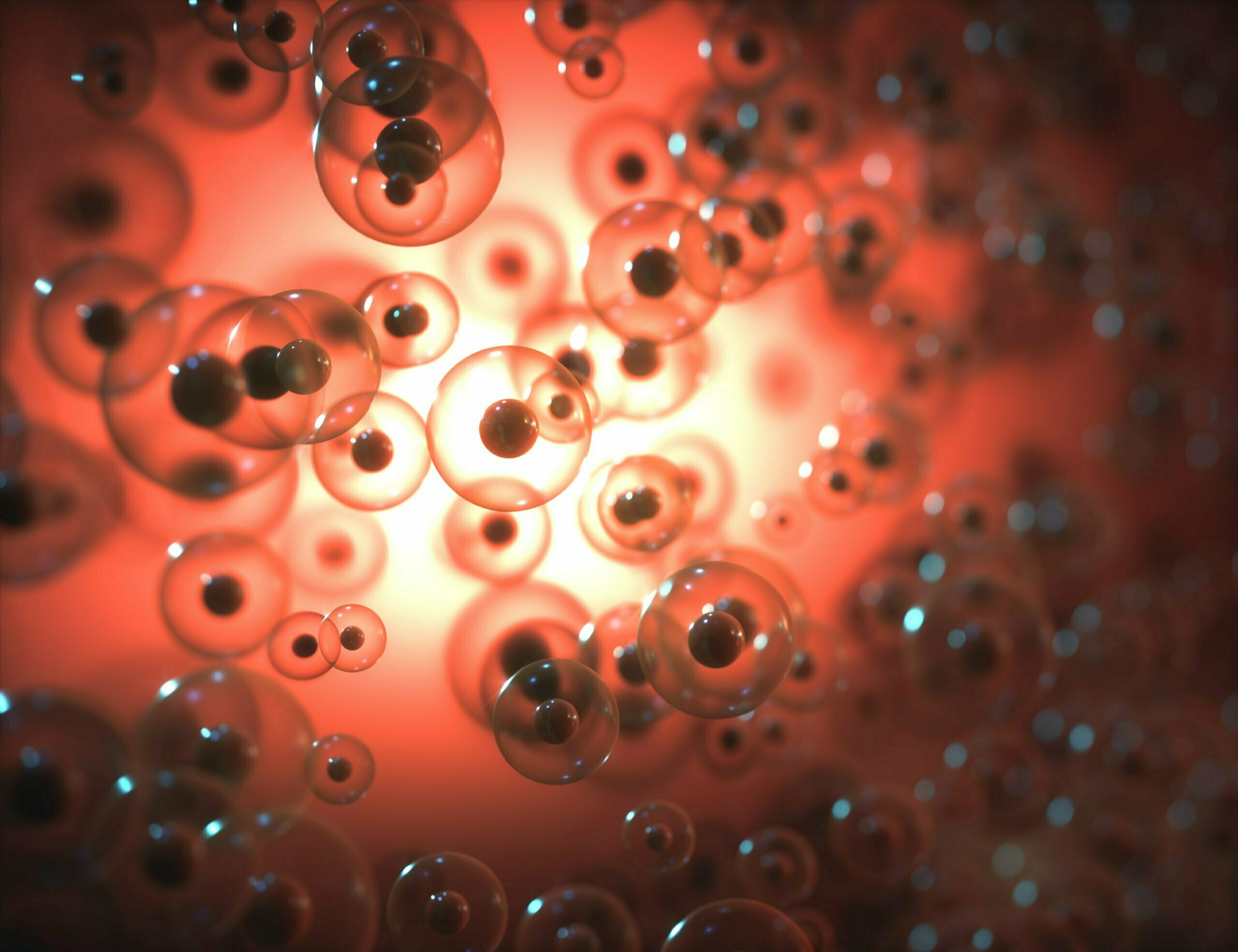NAD (Nicotinamide Adenine Dinucleotide) and NADH (Nicotinamide Adenine Dinucleotide Hydrogen) are two important molecules in the field of biochemistry. They are involved in many biochemical processes, such as the breakdown of carbohydrates, proteins, and fatty acids as well as the production of ATP (Adenosine Triphosphate). Both NAD and NADH play essential roles in metabolism, but they have different functions. Read on to learn more about NAD vs. NADH:
About NAD

NAD (Nicotinamide Adenine Dinucleotide) is a critical coenzyme found in all living cells, both eukaryotic and prokaryotic. It functions as an oxidizing agent, transferring hydrogen atoms to other molecules and catalyzing a wide range of chemical reactions that are essential for the production of energy. NAD is a major component of the electron transport chain, which is responsible for the conversion of energy from one form to another.
The chemical reaction of NAD involves the transfer of two hydrogen atoms from one molecule to another. This process is known as oxidation-reduction, or redox. During this process, NAD gains electrons, producing NADH. NADH is then used as an energy source for cellular processes. In addition, NAD is also involved in the production of NADP (Nicotinamide Adenine Dinucleotide Phosphate), which is used to synthesize fatty acids and steroids.
NAD is essential for the survival of cells, as it plays an important role in the metabolism of carbohydrates, proteins, and fats. It helps convert macronutrients into the energy required for cellular processes such as respiration, DNA replication, and cell growth. It also helps to regulate gene expression and immune responses.
NAD levels in the body can be affected by a variety of factors, including diet, aging, and disease. Poor nutrition, inadequate hydration, and excessive alcohol consumption can all lead to a decrease in NAD levels. On the other hand, certain supplements, such as vitamin B3, have been found to increase NAD levels.
NAD plays an important role in the maintenance of cellular health, and its importance should not be underestimated. It is essential for the production and utilization of energy, and its deficiency can lead to a variety of health problems. Therefore, it is important to maintain healthy levels of NAD in order to ensure optimal health.
About NADH
NADH (Nicotinamide Adenine Dinucleotide Reduced Hydrogen) is an important coenzyme found in all living cells. It is a key component of the electron transport chain and plays an important role in the production of ATP (adenosine triphosphate), the energy currency of the cell. The oxidation of NADH releases energy and is used as a source of energy for cellular processes.
NADH is formed from the vitamin niacin, a B-vitamin, and is found in all food sources. This coenzyme is essential for the oxidation-reduction process of the cell. During this process, NADH transfers its hydrogen atoms to other molecules, creating NAD and releasing energy for cellular activities. This process, known as reduction-oxidation (or redox), is used in the production of ATP, the energy currency of the cell.
NADH is also involved in the metabolism of carbohydrates, proteins, and fats. It helps to break down carbohydrates into glucose, which is then used as an energy source. It also helps to convert proteins and fats into energy. In addition, NADH is involved in the production of NADPH, a coenzyme used in the synthesis of fatty acids, cholesterol, and steroid hormones.
NADH plays an important role in the protection of cells from oxidative damage. It helps to reduce the production of reactive oxygen species, which can cause damage to cells. Additionally, NADH is involved in the detoxification of drugs, alcohol, and other toxins.
The Two Molecules

The two molecules, NAD and NADH, are both essential for cellular metabolism. However, they have different functions. NAD is used to break down molecules for energy production and NADH is used to synthesize molecules for energy production. Therefore, it is important to understand the difference between the two molecules and how they interact with each other in order to understand how metabolism works.





